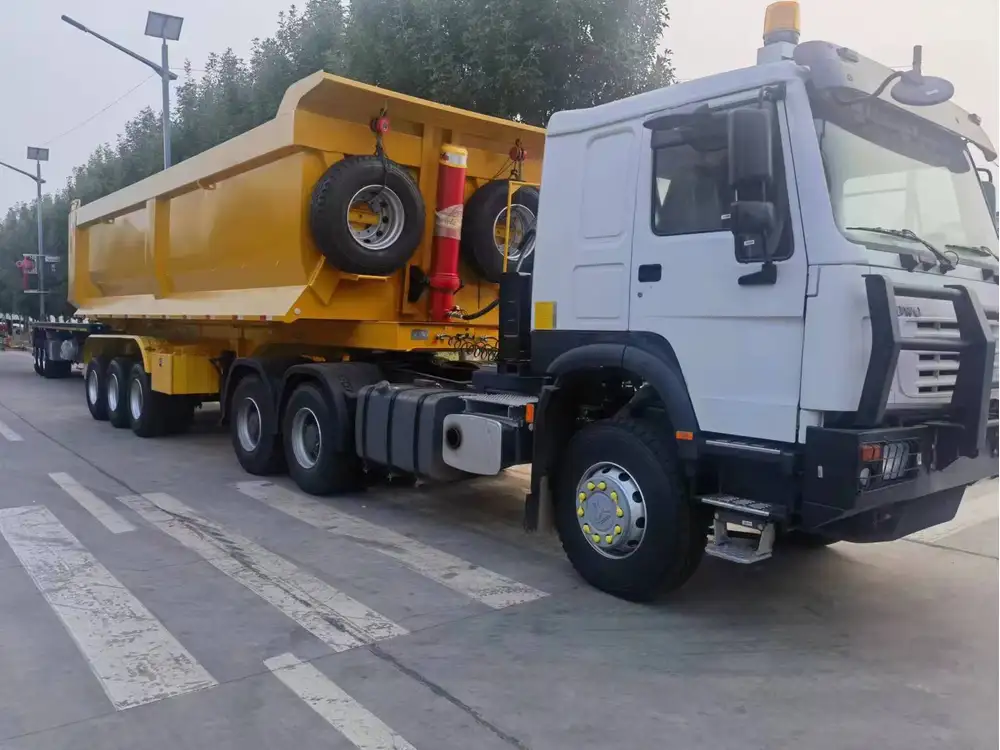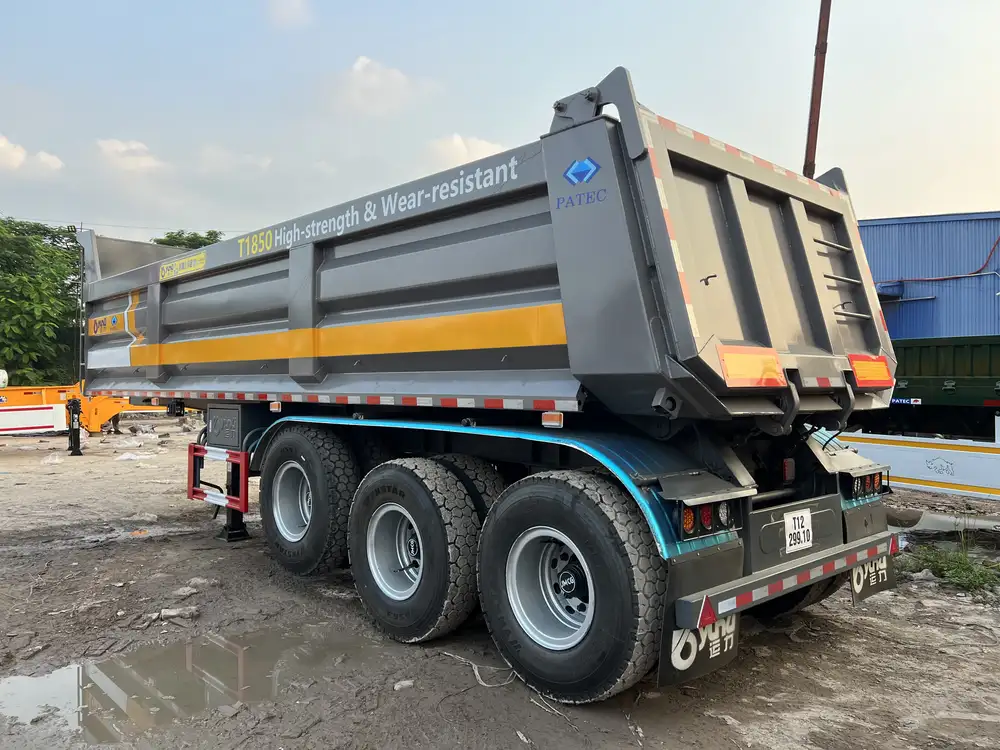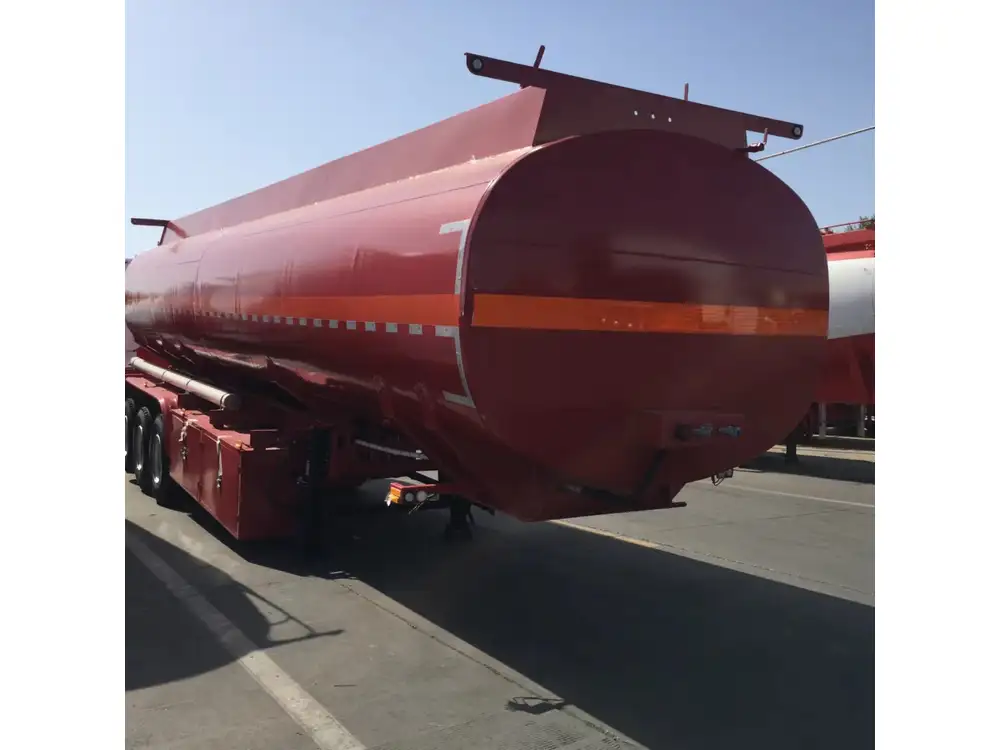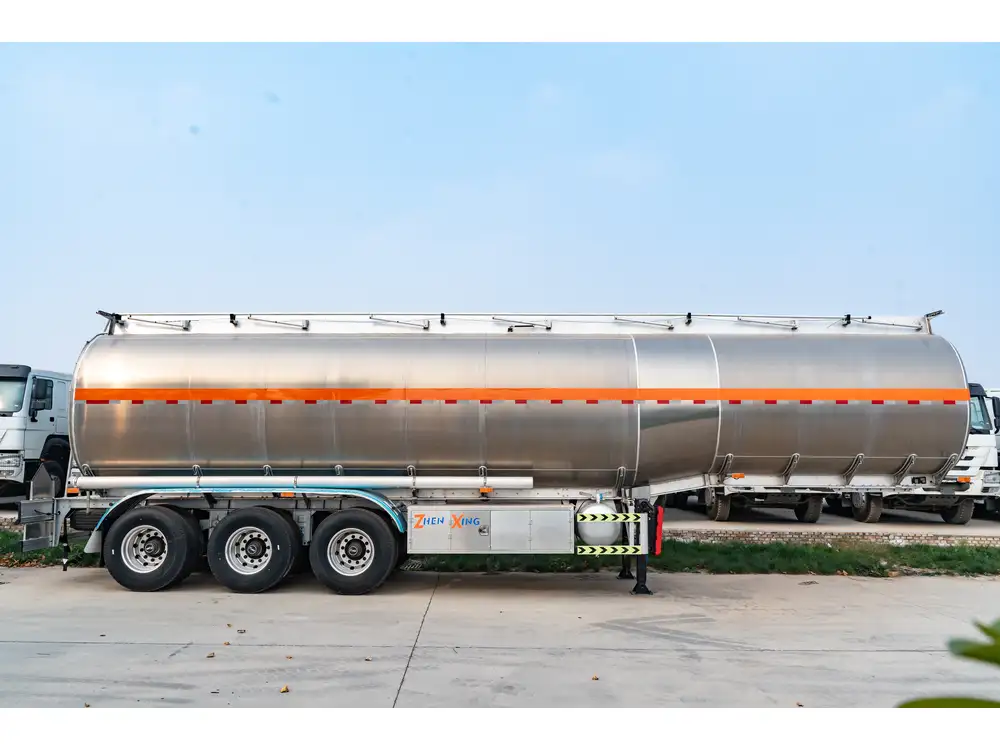Understanding Flatbed Trailers: Definition and Purpose
Flatbed trailers are an essential component of the transportation sector, utilized extensively for the movement of goods and materials. Unlike traditional enclosed trailers, flatbed trailers feature a flat, level platform without sides or a roof. This design allows for versatile loading capacities, making them ideal for carrying oversized or irregularly shaped cargo, enhancing operational efficiency across various industries. Whether you’re involved in construction, logistics, or any field requiring heavy-duty transportation, understanding flatbed trailers’ features and benefits is crucial.
Key Characteristics of Flatbed Trailers
| Feature | Description |
|---|---|
| Design | Flat, open platform with reinforced beams for structural integrity |
| Dimensions | Varies greatly; typical widths are 8.5 feet, lengths can exceed 53 feet |
| Weight Capacity | Can typically carry between 48,000 to 80,000 pounds, depending on design |
| Material | Commonly constructed from steel or aluminum to withstand heavy loads |
| Loading Options | Designed for easy access from all sides, accommodating forklifts and cranes |

Types of Flatbed Trailers
While the fundamental purpose of flatbed trailers remains constant, they come in several types, each with unique advantages tailored to specific needs. Here, we examine the primary types:
Standard Flatbed Trailers
Often used in various industries, standard flatbeds typically have a simple design equipped with a wooden or metal floor, allowing for straightforward loading and unloading.Step Deck Trailers
Also known as drop deck trailers, these models include a lower deck that gives extra clearance for taller cargo. They provide an ideal solution for transporting oversized items that need a lower center of gravity.Double Drop Trailers
These flatbeds feature two drops in the deck height, facilitating the transport of extremely tall cargo. Suitable for massive equipment and machinery, they often support load capacities similar to standard flatbeds.Conestoga Trailers
A hybrid between a flatbed and an enclosed trailer, these trailers are fitted with a retractable tarping system. This versatility allows for protection against weather while still enabling the advantages of a flatbed design.Lowboy Trailers
Designed for transporting heavy equipment like bulldozers and excavators, lowboys have a significant drop in height, allowing high clearance for oversized loads, while enhancing stability during transport.
Advantages of Flatbed Trailers
Understanding the benefits of flatbed trailers enhances their appeal to businesses across numerous sectors:
Versatility in Cargo Transport
Flatbed trailers shine when it comes to transporting a wide array of equipment and materials. Their open design accommodates odd-shaped cargo from construction materials, machinery, shipping containers, and lumber to vehicles. This versatility ensures that businesses can handle diverse logistics needs without switching their transport models.

Efficiency in Loading and Unloading
The open structure allows forklifts and cranes unrestricted access to the cargo, facilitating faster and safer loading/unloading processes. This efficiency can significantly reduce operation times, crucial for businesses prioritizing quick turnarounds.
Increased Weight Capacity
Due to their robust construction, many flatbed trailers are built to support heavier loads than enclosed trailers. This capacity is particularly advantageous for industries like construction, where transporting heavy machinery is commonplace.
Enhanced Visibility and Stability
Flatbed trailers provide a lower profile, improving stability on the road and offering better visibility of the load for both the driver and those working around the trailer. This feature means a safer environment during transport and loading.
% Alert: The sections that follow delve into key considerations, common issues, and additional discussion points related to flatbed trailers.

Considerations When Choosing a Flatbed Trailer
When selecting a flatbed trailer, it’s crucial to consider several factors to ensure it meets the specific needs of your operations. Here are the main considerations to keep in mind:
Load Weight and Capacity
Understanding the maximum weight you’ll regularly transport is foundational. Choose a trailer that supports your most substantial loads while adhering to local weight restrictions.
Trailer Dimensions
The size of the trailer will heavily influence what can be transported. Consider both length and width when making your selection:
| Measurement | Suggested Range |
|---|---|
| Length | 48 feet to 53 feet (most common) |
| Width | Typically 8.5 feet |
| Height Clearance | Factor in the height of the cargo |

Material Quality
Select trailers made of durable materials resistant to wear and tear, like steel or high-grade aluminum, ensuring longevity and reliability.
Accessory Options
Given the diverse applications, consider accessories such as tie-down straps, tarps, or side kits. These options can enhance functionality and safety during transport.
Regulatory Compliance
Make sure that the chosen flatbed trailer complies with local and federal regulations concerning size, weight, and safety standards. Non-compliance can lead to fines or operational downtime.

Maintenance and Repair Costs
Evaluate the long-term costs associated with trailer upkeep. Quality construction materials generally reduce the frequency and expense of repairs.
Common Issues with Flatbed Trailers
Despite their numerous advantages, flatbed trailers are not without challenges. Understanding these can help in proactively preventing issues that could compromise time or safety.
Load Security
Ensuring cargo remains secure during transport is paramount. Loose loads can lead to accidents and damages. Utilizing appropriate tie-down and securement techniques is essential.

Weather Protection
Exposed to the elements, cargo on flatbed trailers can suffer from rain, snow, and sun damage. Depending on the goods transported, additional protective measures may be necessary.
Tire and Brake Maintenance
The wear and tear on tires and brakes can be substantial. Regular inspections and maintenance checks are crucial to ensure safe operation.
Effective Loading Techniques for Flatbed Trailers
Adopting best practices when loading and unloading flatbed trailers is vital for ensuring cargo safety and operational efficiency. Here are key techniques:
Determine Load Weight: Always weigh the cargo before loading to avoid exceeding the trailer’s weight capacity.
Balance the Load: Ensure loads are evenly distributed across the trailer to prevent swaying or instability during transit.
Use Proper Tie-Downs: Utilize specified tie-down equipment that can safely secure the load, keeping it stable during transport.
Employ Edge Protectors: When using straps, employing edge protectors can prevent damage to cargo edges ensuring everything remains secure.
Conduct Pre-Trip Inspections: Before departure, inspect the load for any potential shifting or wear and validate that all insurance and registration documents are in order.

Conclusion
Flatbed trailers represent a cornerstone in the transport of goods across industries, offering unmatched versatility, improved accessibility for loading and unloading, and high weight capacities. As manufacturers, understanding their design, types, benefits, and factors influencing selection can foster strategic business decisions that optimize transport operations.
By staying informed about common challenges and effective techniques, businesses can leverage these trailers’ full potential, leading to enhanced productivity, reduced operational risks, and improved profitability. The knowledge of what constitutes a flatbed trailer, from its intricacies to the methodologies involved in its operation, equips users to navigate the transportation world with confidence. Investing in quality flatbed trailers is not just a decision—it’s an essential strategy for any operations that rely on efficient, robust, and flexible transport solutions.



